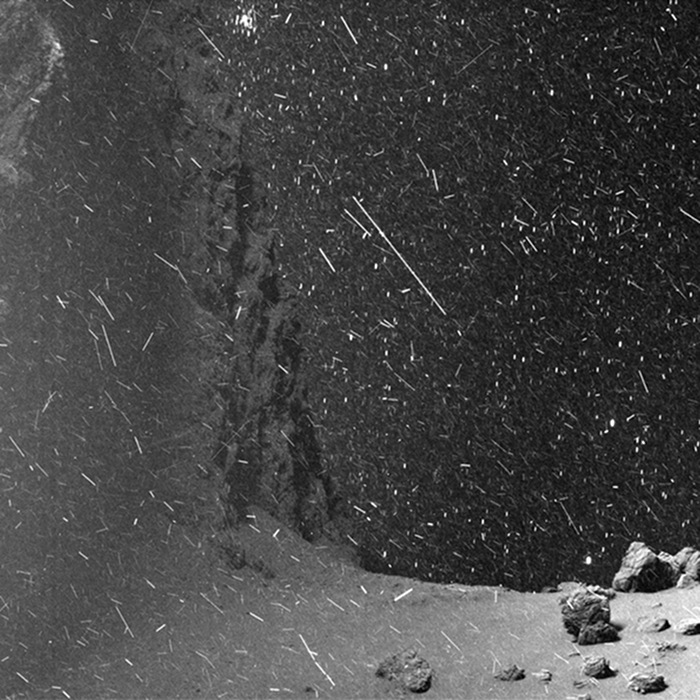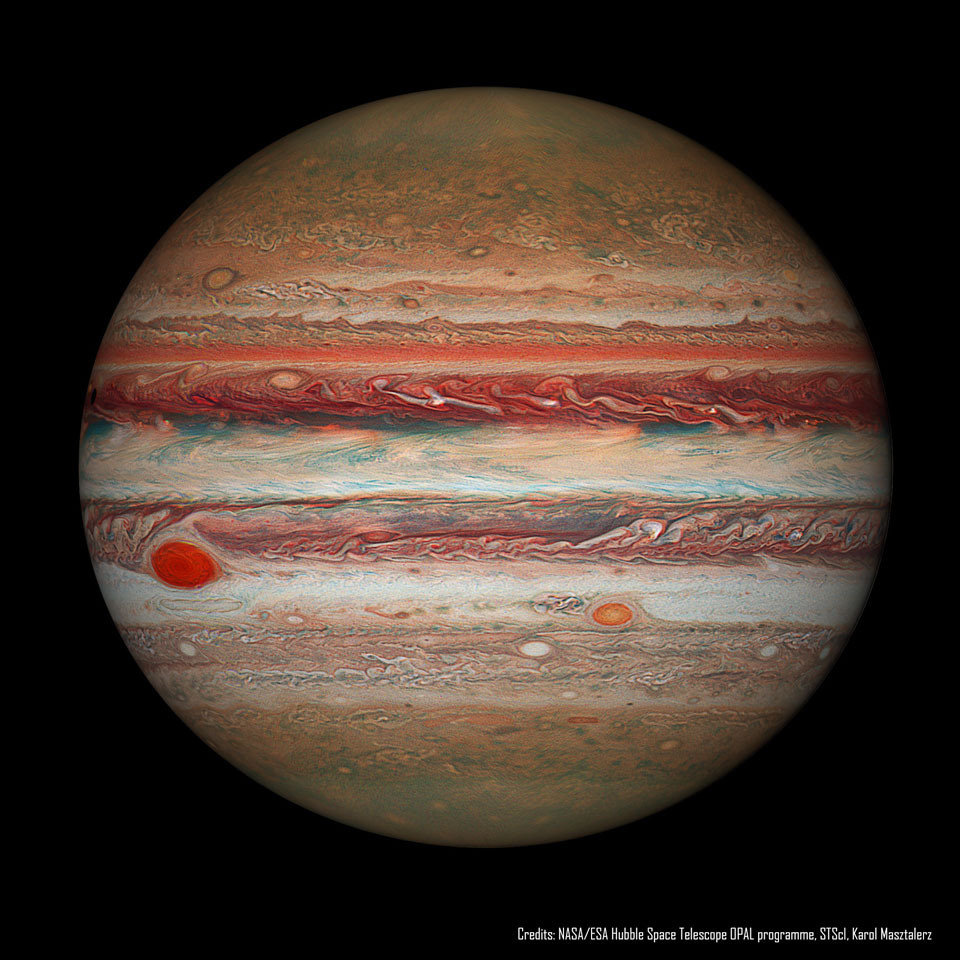
Greece and the Aegean and Ionian Seas






NASA will host a media briefing at 1 p.m. EDT Monday, April 30, to discuss the upcoming launch of a mission that will provide unique insights into our planet’s changing climate and Earth system processes, and have far-reaching benefits to society, such as improving water resource management.
from NASA https://ift.tt/2KbYc3c
via IFTTT![]()
After delivering more than 5,800 pounds of science investigations and cargo for NASA, a SpaceX Dragon cargo spacecraft is set to depart the International Space Station on Wednesday, May 2. NASA Television and the agency’s website will provide live coverage of Dragon’s departure beginning at 10 a.m. EDT.
from NASA https://ift.tt/2qXGjxf
via IFTTT![]()
Media accreditation now is open for the launch of Orbital ATK’s ninth contracted cargo resupply mission to the International Space Station, currently targeted for no earlier than 5:04 a.m. EDT May 20.
from NASA https://ift.tt/2HqrEAU
via IFTTT![]()
